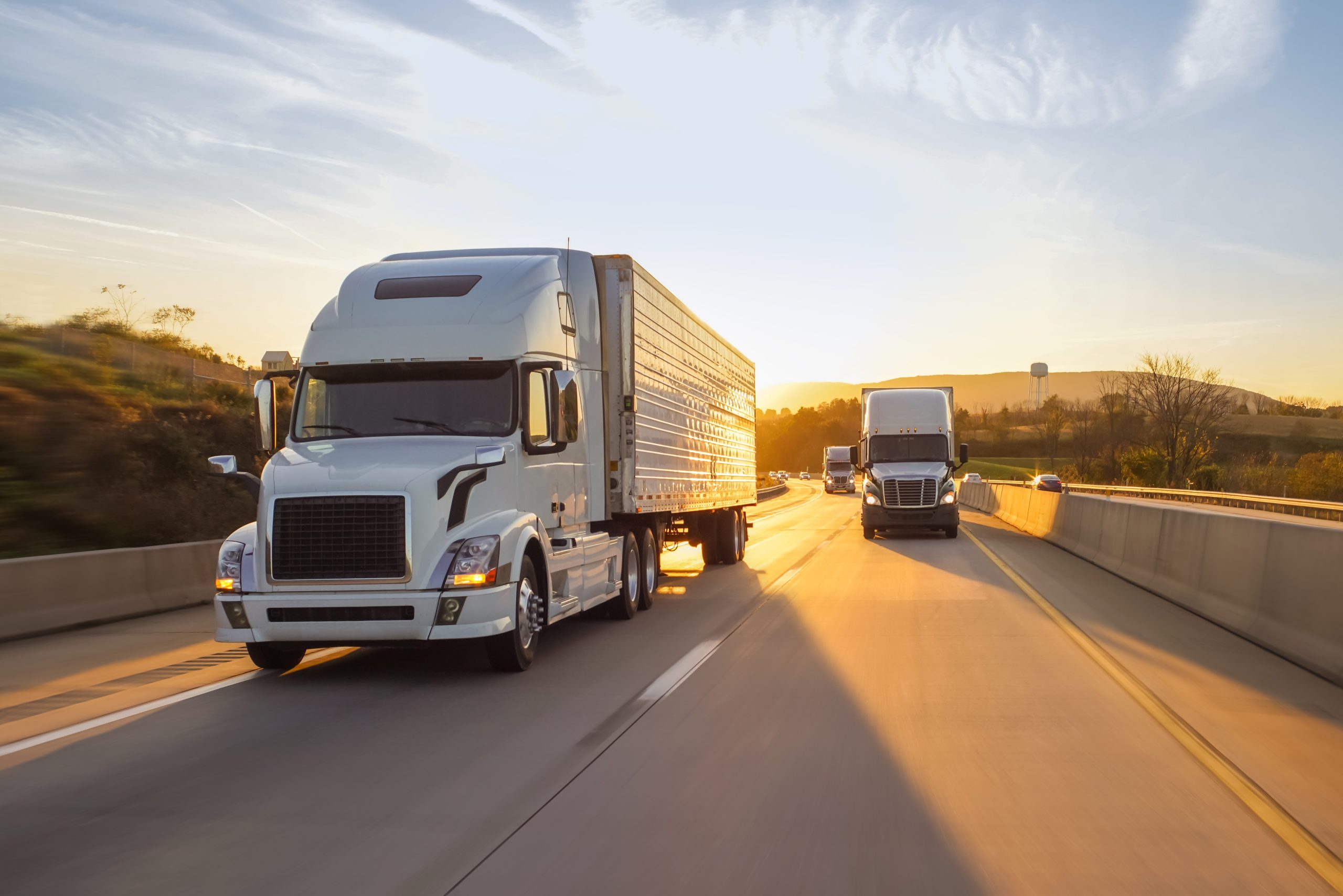When considering a commercial driving career, many people immediately think of long-haul trucking. But there’s another rewarding path that offers regular hours, community involvement, and job variety: earning a Class B Commercial Driver’s License (CDL). This license is especially ideal for those interested in bus driving or local delivery roles, making it a smart alternative for those who prefer staying close to home.
Here’s a detailed look at why a Class B CDL is the perfect fit for certain professional drivers:
1. Tailored for Specific Vehicle Types
A Class B CDL permits the operation of single vehicles with a Gross Vehicle Weight Rating (GVWR) of 26,001 pounds or more, or vehicles towing a trailer of 10,000 pounds or less. This includes:
- School buses
- City and charter buses
- Delivery trucks
- Dump trucks
- Utility service vehicles
For those looking to drive these vehicle types, a Class B license is all that’s required—there’s no need to invest time or money into the more extensive Class A program.
2. Quick and Focused Training
Class B training programs are typically shorter and less costly than Class A programs. Most students can complete their training in a matter of weeks and begin working almost immediately. These courses are designed to focus specifically on the knowledge and driving skills necessary for operating large single vehicles.
3. Ideal for Local and Regional Routes
Unlike Class A drivers, who often spend days or weeks on the road, Class B drivers usually work within a set region. This means:
- Consistent, predictable schedules
- Opportunities to be home daily
- Reduced fatigue and improved work-life balance
These factors are particularly appealing to individuals with families or other local responsibilities.
4. Strong Job Demand in Public and Private Sectors
Bus drivers and local truck operators are in high demand across various industries. Schools, city governments, transportation companies, and utility services all rely on Class B drivers. This high demand translates into job security, competitive wages, and the ability to choose from a variety of roles.
Institutions like DTR School of Trucking offer Class B CDL training programs tailored for these opportunities, equipping students with the skills and endorsements needed for immediate job placement in local transportation and delivery sectors.
5. Opportunities for Endorsements and Career Growth
While a Class B license gets you started, drivers can also add endorsements to qualify for specialized roles, such as:
- Passenger (P) endorsement for transporting people
- School bus (S) endorsement for operating student transport
- Air brakes endorsement for using air-brake-equipped vehicles
These additions enhance job flexibility and earning potential. Over time, a Class B driver may also choose to upgrade to a Class A license, opening the door to even more advanced roles.
6. Lower Entry Barriers
Because Class B vehicles are generally easier to handle than tractor-trailers, many people find them less intimidating when starting out. Training focuses on mastering a single vehicle type, making it more accessible for new drivers or career changers.
Conclusion
For those seeking a stable, flexible, and community-based driving career, a Class B CDL offers an ideal solution. It provides fast entry into the workforce, a range of job opportunities, and a manageable training path. With the help of a reputable training provider, you can be on the road to a fulfilling and balanced career in no time.


